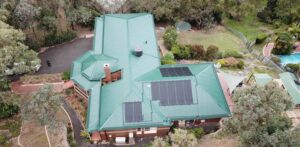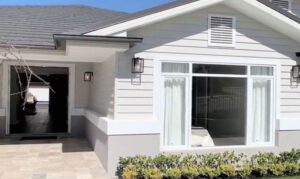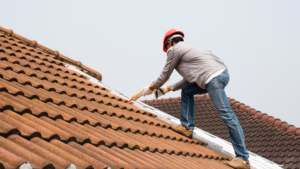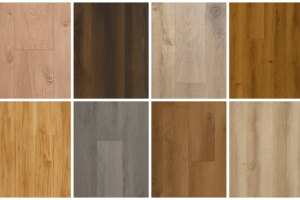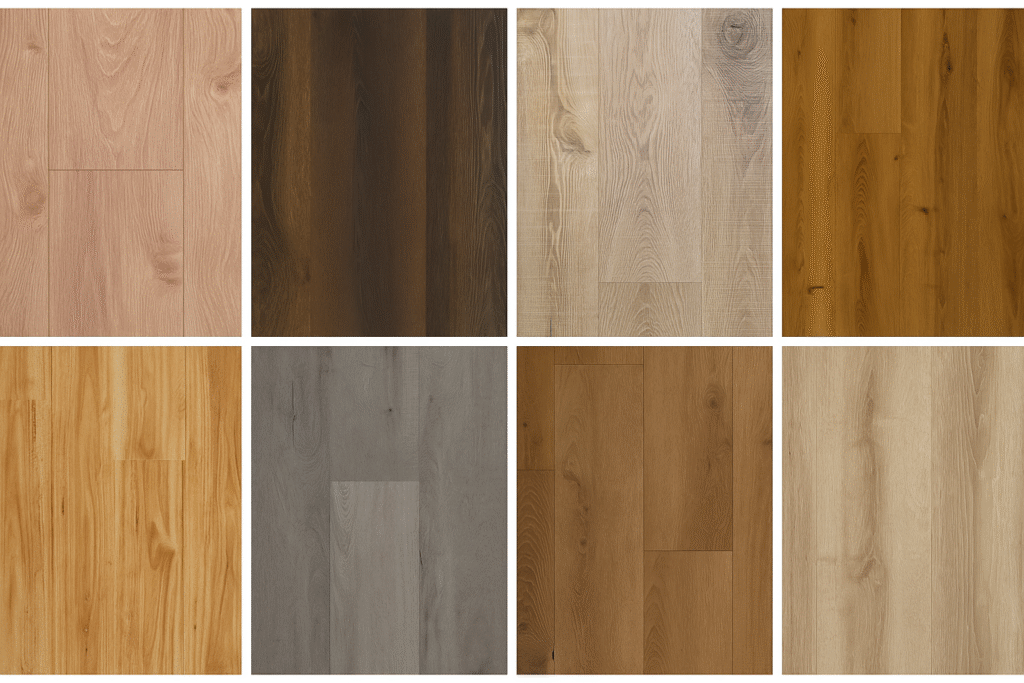
Hybrid flooring has quickly become one of Melbourne’s most popular flooring choices, and for good reason. Combining the best qualities of laminate and vinyl, hybrid floors deliver stunning looks, durability, and water resistance that suit the city’s varied climate. Whether you’re renovating or building a new home, learning about the hybrid flooring installation guide can help you understand how to achieve a professional finish that lasts.
If you’re planning to install hybrid flooring in Melbourne, here’s a detailed guide on the process, along with tips, best practices, and answers to common questions about hybrid floors.
What Is Hybrid Flooring?
Hybrid flooring is a modern innovation that blends the toughness of laminate and the waterproof features of vinyl. It’s made from multiple layers , typically including a rigid core, decorative layer, and wear layer, which together create a durable and realistic flooring surface that suits both homes and commercial spaces.
One of hybrid flooring’s major attributes is its versatility. Its resistance to moisture and significant stability allow it to be installed in all rooms of a house, from living rooms to kitchens and even bathrooms.
The trend of hybrid flooring in Melbourne is due to a number of compelling reasons:
- Waterproof properties, which are perfect for humid or wet spaces.
- Scratch and stain-resistant, while still looking beautiful for a long time.
- Comfortable, which is warmer and softer than tiles.
- Stylish finishes that can very closely resemble real timber.
- Easier to install using a click-lock system with many of the products.
When you visit the nearby area flooring shops in Melbourne, you will see the flooring available in a large selection of colours, finishes and plank styles to suit the interior of any home.
Guide to Installing Hybrid Floors
In general, if a hybrid floor is installed correctly, it can be a simple process. Below this is intended to simplify the understanding of the installation process if it were performed by a professional:
Step 1: Prepare the Subfloor
Before the install begins, it is important to confirm that the subfloor is clean, level, and dry. Any uneven areas can cause the planks to shift or create gaps over time.
With concrete subfloors, ensure that any cracks are fixed first and that the surface is smooth. If installing over existing tiles or floorboards, vacuum thoroughly to ensure that no dust or debris remains on the floor.
Step 2: Acclimate the Planks
A hybrid floor should acclimate to the room temperature for at least 24 to 48 hours before installation. This allows the planks to adjust to Melbourne’s humid or temperature-changing environment, avoiding expansion or contraction following installation.
Step 3: Prepare the Layout
Preparation of the layout permits a balanced result and a professional finish. Measure the room and determine the direction of the planks. Most installers suggest putting the flooring parallel to the longest wall or in line with natural light to optimise visual flow.
Step3 : Pattern
The question arises as what is the best pattern for hybrid flooring? The best pattern is often subjective and depends on the room’s design. Straight planks create a more streamlined, modern look, while patterns like herringbone or chevron provide a more elegant and stylish look.
Step 4: Lay the Underlay (If Necessary)
Some hybrid floors come with an underlay attached, while others require an additional underlay. Underlay can provide sound insulation, and if you have a high-density underlay, it also provides comfort. Ensure the underlay is laid evenly, without overlaps or wrinkles.
Step 5: Lay the First Row
Start along one wall, placing spacers between the wall and the planks to maintain an expansion gap. This gap allows for natural movement due to temperature or humidity changes.
A question that can be posed is, does hybrid flooring require expansion joints? The short answer is yes, hybrid flooring does require expansion joints, generally between 6–10mm around the perimeter. The expansion joints ensure the flooring system does not buckle inwards or warp under the natural expansion and contraction process.
Step 6: Installation Continues
Connect each plank through the click-lock system, ensuring the joint is tight all the way down the plank. Also, make sure to stagger the seams between rows to ensure a solid structure. A tapping block with a mallet can be utilised to snugly connect the planks without damage.
Step 7: Trimming and finishing.
Once the majority of the floor is installed, you can remove the spacers and install the skirting boards or scotia mouldings to fill the expansion gap around the perimeter of the floor. If the last row needs trimming, the trim will finish off squarely at the wall.
Step 8: Final touches
Finally, mop down the floor with a damp mop and check for any loose planks or gaps. It is also recommended to wait a few days before placing heavy furniture onto the newly installed floor, allowing the floor to settle.
Expert Tips for Successful Hybrid Flooring Installation
Here are the tips to consider for the hybrid flooring installation:
- Use the right tools – You’ll need a saw, spacers, a tapping block, and measuring tape.
- Check the manufacturer’s instructions – Each brand may have unique installation requirements.
- Maintain the expansion gap – Never skip this step, as it prevents future flooring issues.
- Clean regularly – Use a microfibre mop and avoid harsh chemicals.
- Choose quality products – Visit reputable flooring shops in Melbourne to ensure you’re getting durable hybrid flooring backed by a warranty.
Why Hybrid Flooring Is Perfect for Melbourne Homes
The climate in Melbourne can be quite unpredictable, cycling through hot summers and chilly winters, but hybrid flooring’s ability to cope with any climate is what makes it a practical and durable choice. Hybrid flooring is waterproof, UV-resistant, and visually appealing, making it suitable for use in any area of the home, including kitchens, bedrooms, and bathrooms.
When selecting hybrid flooring in Melbourne, homeowners can appreciate the natural beauty of timber without the concerns of warping, scratching, or fading. Hybrid flooring is indeed an investment in comfort and style for years to come.
Conclusion
Installing hybrid flooring is a wonderful way to improve your Melbourne home, with modern looks and durable performance. If you stick to this hybrid flooring installation guide, you will get a professional-looking, lasting installation that adds value and looks great, too.
Whether you choose to install it yourself or use a professional installation service, hybrid flooring leads to the best results in style, strength, and simplicity. To browse the best products and receive expert advice, go online to reputable flooring stores in Melbourne for high-quality hybrid flooring options that deliver lasting satisfaction.
FAQs About Hybrid Flooring
What Thickness of Hybrid Flooring Is Best?
The ideal thickness for hybrid flooring is usually between 5mm and 7mm. Thicker premium flooring may provide more durability and better acoustic and comfort performance. If a home is likely to see heavy foot traffic or has pets, then thicker hybrid flooring may provide additional structural integrity.
Can You Put Heavy Furniture on Hybrid Flooring?
Yes, you can, but it is suggested that you use protective pads or felt sliders under the legs of furniture to stop dents or scratches from occurring. Avoid dragging heavy furniture across hybrid flooring; instead, lift and move it as needed.
How Long Does Hybrid Flooring Last?
Hybrid flooring can last up to 20-25 years with proper maintenance. Most higher-end hybrid flooring is hybrid waterproof and has a decent scratch-resistant surface for residential and commercial use.
Can Hybrid Flooring Be Installed Over Tiles or Timber?
Absolutely, Hybrid flooring can be laid directly over existing surfaces as long as they are flat, clean, and stable. This makes it a convenient option for quick renovations.
